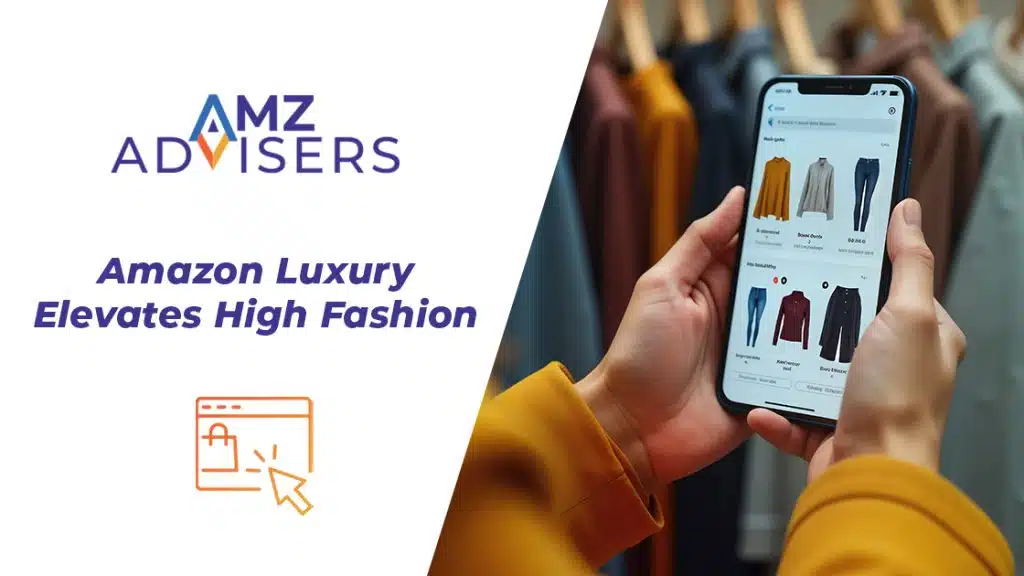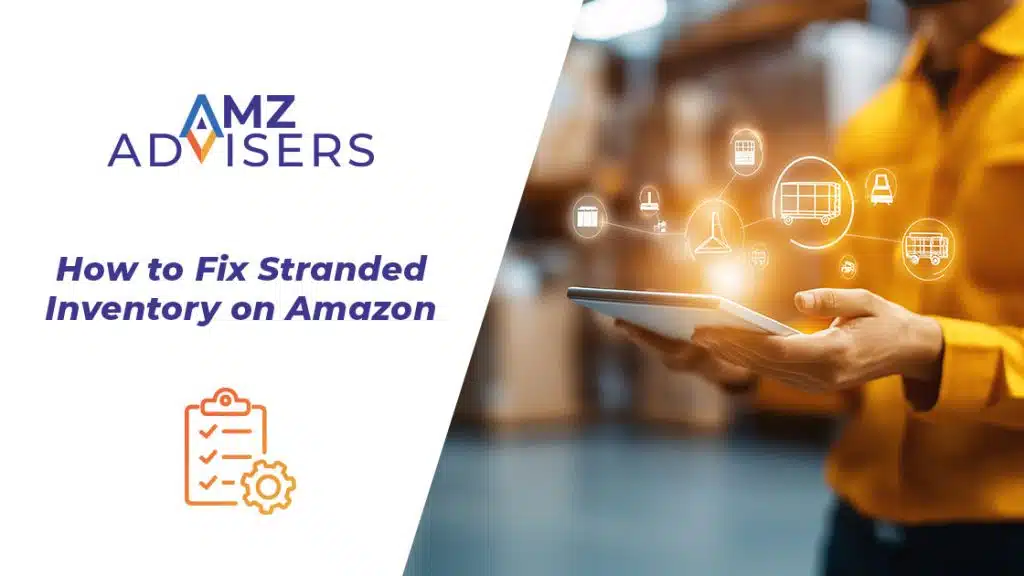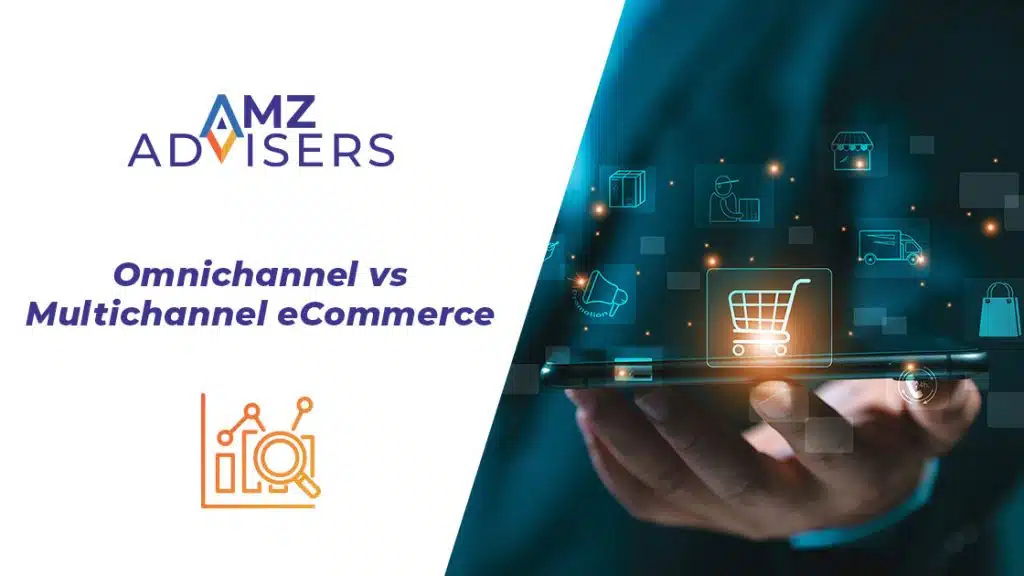Struggling to gain sales on Shopify? Click here to discover how to get traffic to your Shopify store to enhance sales.
For ecommerce businesses, choosing the right storefront is essential. Your ecommerce store offers more than just a way to list your products for sale―the right platform has several tools you can use for success.
There are many ecommerce platforms, but more brands are selling on Shopify. As of 2024, Shopify has 700 million customers. With Shopify, you can build an online store, manage inventory and sales, accept payments, and access many marketing and advertising features.
Even though Shopify comes with many benefits, sellers may still face issues. For example, there’s a chance your store doesn’t get enough traffic.
Is this the problem you’re facing? Continue reading to discover how to drive traffic to your Shopify store.
How to Drive Traffic to Your Shopify Store
If your Shopify store is not receiving enough traffic, your business and products may not be to blame. Updating your marketing and advertising strategies can attract more customers to your online store.
Here are some of the best effective tactics to increase Shopify store traffic.
Create Content Designed for Your Audience
Content marketing is still essential for all businesses, including ecommerce brands. But with so many forms of content, it can be difficult to decide what to create. Since content will drive your audience, the first step is to know what your audience wants.
Start by identifying your customers’ demographics. Many third-party apps on the Shopify App Store can provide this data. You’ll want to identify core demographics, such as sex, age, and location. Don’t forget about psychographic data, such as behaviors, interests, attitudes, values, and personality traits.
Let’s say you sell home appliances. Your audience is in the 30-49 age group, though you attract a mix of genders and your customers are located throughout the US.
The one psychographic trait your audience has in common is they’re all homeowners. Create content about home appliance problems and solutions, such as odd noises from your dishwasher and DIYing your dryer repair.
Since Shopify websites include a blog, you can post your content there. You can also upload your content to YouTube―DIY videos are especially popular among homeowners.
When creating content, use different strategies, such as link building, to keep users on your website.
Optimize for Google Shopping
While optimizing for SEO is a good idea, ecommerce companies will want to target Google Shopping. Google Shopping is a specific section on a Google search for users can shop for items online.
While Google Shopping ads yield successful results (we’ll discuss this next), you can use SEO to optimize your products.
Write product titles and meta descriptions for user intent, complete with keywords. Include a “recommended products” or “users also purchased” section on each page. Add eye-catching media to your product pages, such as high-quality images and videos.
Don’t forget to address any technical issues on your product pages–after all, SEO and page speed can impact your Google Shopping results.

Ads
Investing in ads is not only one of the easiest ways to increase web traffic, but it will also make your business more competitive. Ecommerce ad spending is expected to increase by almost 40% this year, and it is an integral way to defeat the competition.
Where do you start with eCommerce advertising? As stated previously, Google Shopping is one of the best options. Google Shopping ads comprise 76.4% of search ad spend in the US retail industry.
Don’t forget about social media ads. 43% of users are considered “social media shoppers,” and product ads will generate interest among users.
Social Media Shopping
These days, eCommerce brands must do more than invest in social media campaigns. Many social media websites, such as Instagram and TikTok, optimized their entire platforms for ecommerce businesses.
In other words, customers can discover your products while scrolling on social media and can checkout on the app.
Are these efforts successful? 130 million Instagram users click on shoppable posts every month, and 58.2% of TikTok users use the popular video app for shopping inspiration.
Influencer Marketing
Influencer marketing is no longer optional. Most businesses that work with social media influencers are in the eCommerce sector. That means there’s a good chance your competitors are already using influencer marketing.
But should you only target celebrity-level influencers? Not exactly. With micro-influencer marketing, you will attract a new audience as long as the influencer has a loyal following and high engagement rates. Remember to target influencers in your niche to ensure you attract the right audience.
How do you reach out to new influencers? Most will have a contact email, but there’s nothing wrong with sending them a professional DM. Offer them a free product and work on a content strategy with them.
Experienced influencers will also request payment, so creating an influencer marketing budget is best before reaching out to anyone.
Contests and Giveaways
Hosting a contest or giveaway is an easy way to gain traffic on Shopify while increasing your social media following and engagement rates. Giveaways have a conversion rate of 34%, making them a successful sales and marketing tactic.
What’s the best way to host a giveaway to increase website traffic? Encourage your followers to tag their family and friends in a post. Offer a prize to the winning user. Shopify offers different giveaway apps to make this process easier.
Remember that some social media platforms have strict rules on giveaways. For example, TikTok offers giveaway guidelines to ensure the event is fair and transparent.
Discounts and Sales
Discount codes and sales events have always been the tried and true method of attracting more customers. 60% of coupon users in the US prefer online coupons, so this is always a good way to attract new customers.
If you need to increase revenue and online traffic, make your coupons or sales time-sensitive. This will inspire spontaneous purchases–an easy way to drive sales.
Is there a time when discounts and sales won’t work? This is best for stores that gain decent revenue but are experiencing a slow period or are trying to sell old inventory.
If you recently started your store, you can still use discounts and sales but offer specific coupons, such as a percentage off after a minimum purchase amount. This way, you increase website traffic while maintaining sales.
Offering a free shipping coupon will also attract new buyers while you still gain revenue.
Related content: SMS Marketing on Shopify
Other Metrics to Measure
Website traffic is not the only KPI that signals a high-performing store. All ecommerce companies should measure different metrics to gauge profitability and customer satisfaction.
Here are additional metrics you should measure if you want to learn how to drive traffic to your shopify store.

Conversion Rates
Your conversion rate is the number of customers who purchase a product versus the number of users who access your website. To simplify this, Shopify offers your conversion rate in your analytics dashboard.
Tracking your conversion rate is essential because it’s an easy way to uncover potential issues with your website or products. For example, your checkout process may be buggy, or your competitors may be appealing to more customers.
Cart Abandonment
Sometimes, users will add products to the shopping cart but won’t complete their purchase. This metric is called shopping cart abandonment, and keeping an eye on it is important.
Like your conversion rate, shopping cart abandonment can inform you of any website or checkout issues. At the same time, shopping cart abandonment is a common part of eCommerce and isn’t always a cause for concern.
Shopify offers third-party integrations that automatically remind customers who consented to emails when they abandoned shopping carts.
Bounce Rate
Bounce rate is a metric that measures the users who accessed your website and then “bounced” off without taking further actions. If your bounce rate is high, it can be due to website navigation issues or products that aren’t capturing users.
Click-Through Rate
Click-through rate (CTR) is the number of times a user clicks through different ads or content to land on your website. This can be through an ad, email campaign, social media post, etc.
Measuring CTR depends on where you post your marketing content, though most advertising, email, and social media platforms offer CTR as a core KPI.
Impressions
Impressions are the number of times users see your content or ad. This metric doesn’t include the number of users visiting your website due to your marketing and advertising campaign. However, the impressions metric is still vital because it tracks brand awareness and visibility.
Do You Still Need Help With Your Shopify Store?
Shopify is one of the most successful storefronts for eCommerce businesses. This platform offers essential tools to help eCommerce companies achieve more sales and customers.
Even though you now know how to drive traffic to your Shopify store, there are times when you’ll need extra help. If that’s where you are now, AMZ Advisers can help you set up an omnichannel eCommerce strategy to achieve all your goals.
Author
 Stephanie Jensen has been writing e-commerce content for seven years, and her copy has helped numerous stores rank on Amazon. Follow her on LinkedIn for more insight into freelance writing and creating high-quality content.
Stephanie Jensen has been writing e-commerce content for seven years, and her copy has helped numerous stores rank on Amazon. Follow her on LinkedIn for more insight into freelance writing and creating high-quality content.




